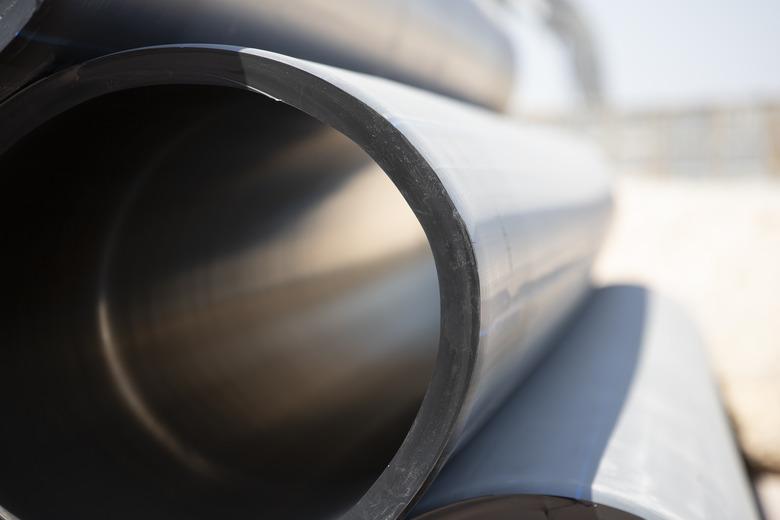How To Glue HDPE
We may receive a commission on purchases made from links.
Did you open a Folgers AromaSeal container to make your cup of coffee this morning? Have you used a heavy-duty bucket to help transport landscaping supplies around your yard? How about filling a red gas canister at your local fuel station? All of these items are made from high-density polyethylene (HDPE), a type of plastic that you probably interact with every day.
What makes HDPE ideal for housing commercial products is that it is impenetrable to gasoline, chemicals, and water. It is as sturdy as plastics come, but HDPE tends to reject glue, making it notoriously difficult to bond together without welding it. Advancements in epoxy glues have made it possible to form a glue bond on polyethylene, but it's essential to properly prepare the HDPE surface first.
Prepping an HDPE Surface by Heating
Prepping an HDPE Surface by Heating
Some glues, like TAP Poly-Weld Adhesive, direct users to prep the HDPE surface by flame treating it. Before using any flame tools, remember to don personal protective eyewear, gloves, and clothing. Also, prior to lighting it, ensure your propane torch nozzle is clean for the best flame quality.
When using your propane torch to treat the HDPE, look for the yellow portion of the flame. This yellow color is the part of the flame to which you want to expose the HDPE surface. Gently move the flame back and forth over the HDPE surface for a few seconds. If you're adhering two pieces of HDPE together, remember to repeat the flame-treating process on the other piece as well.
You can test the efficacy of your HDPE heating treatment by adding several drops of water to the surface. Water will bead on untreated HDPE, but it will smear and spread out on properly treated HDPE. Never use the heating process on HDPE fuel canisters since you're working with an open flame.
Gluing the Flame-Treated HDPE Surface
Gluing the Flame-Treated HDPE Surface
Read your adhesive's packaging carefully before applying the substance. Some epoxy glues require mixing a hardener and a resin together for a specified amount of time before using it. When using TAP Poly-Weld Adhesive, dispense the resin and hardener on a nonporous surface. Mix the substances together with a wooden craft stick for two minutes.
If you're repairing a crack or hole in an HDPE container, place wax paper over the Poly-Weld right after application and smooth the adhesive with your hand for an even finish. This product will have reached 90 percent of its adhesive power in 24 hours.
Prepping an HDPE Surface by Sanding
Prepping an HDPE Surface by Sanding
You may choose the sanding method to prep your HDPE if you don't have a propane torch handy, but the sanding route will require more elbow grease and time.
Choosing the right sandpaper is important. You'll want to use either silicon carbide or aluminum oxide for plastic sanding. Use 120- to 150-grit sandpaper and sand each HDPE surface you intend to bond. Be prepared for HDPE to require more effort than wood sanding.
Gluing the Sanded HDPE Surface
Gluing the Sanded HDPE Surface
Once both HDPE surfaces are roughened by sanding, apply your glue by closely following the package instructions. J-B Weld Plastic Bonder instructs users to mix the product thoroughly after dispensing and evenly apply the mixture to the desired surface with a tool.
If possible, use grippers or weights to keep the HDPE pieces pressed together while the bonder cures. Leave it alone for 24 hours and your HDPE pieces should adhere together.
However, sanding and gluing do not create a bond that can withstand a great amount of stress. While your HDPE will hold together, this method is best used for crafts and projects that won't be required to bear weight.
